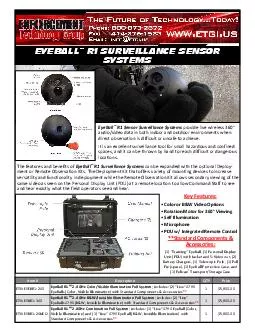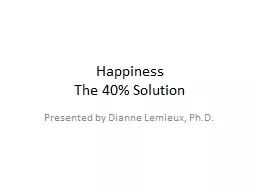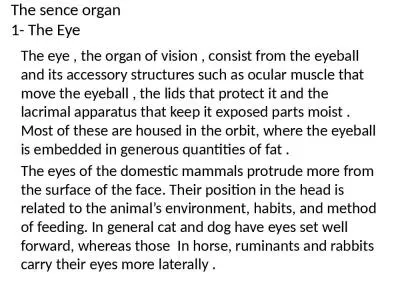PPT-Testing Eyeball Happiness
Author : test | Published Date : 2016-10-18
Fred Baker The issue I bring to your attention In dual stack networks especially if BCP 38 is in use opening a session can be slow Code samples using getaddinfo
Presentation Embed Code
Download Presentation
Download Presentation The PPT/PDF document "Testing Eyeball Happiness" is the property of its rightful owner. Permission is granted to download and print the materials on this website for personal, non-commercial use only, and to display it on your personal computer provided you do not modify the materials and that you retain all copyright notices contained in the materials. By downloading content from our website, you accept the terms of this agreement.
Testing Eyeball Happiness: Transcript
Download Rules Of Document
"Testing Eyeball Happiness"The content belongs to its owner. You may download and print it for personal use, without modification, and keep all copyright notices. By downloading, you agree to these terms.
Related Documents














